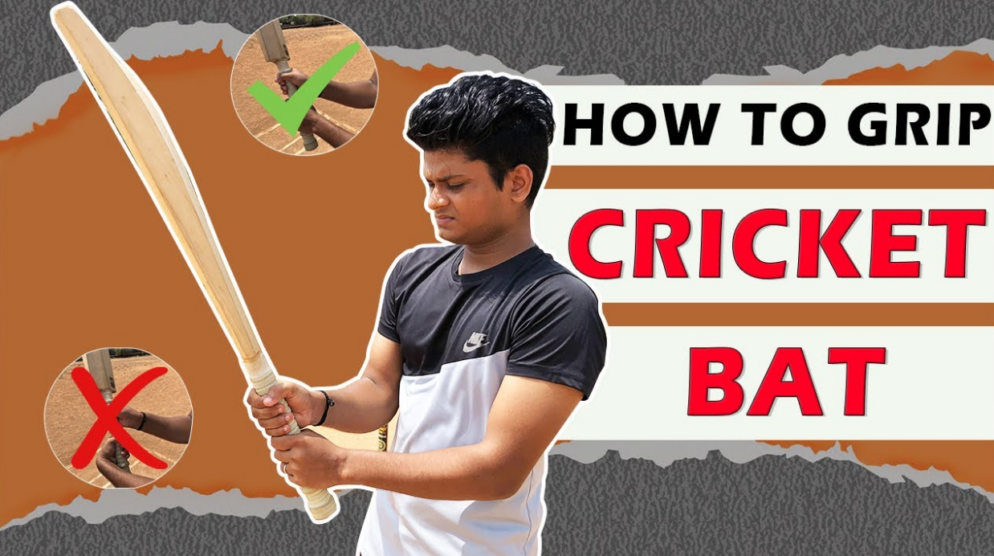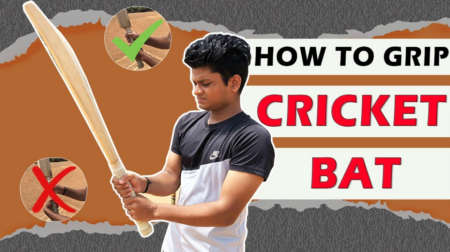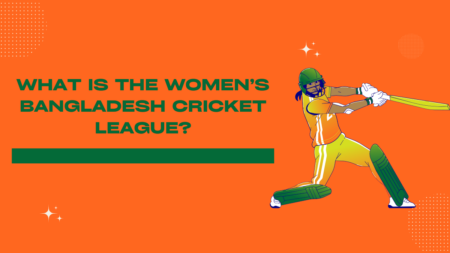

A cricket batter’s primary role is to score runs by striking the ball with the bat by running between the wickets and hitting boundaries. Batters score runs off deliveries that can clock as fast as 150 km/hr or spin to the extent that the very trajectory of the ball changes. If batters want to display their batting skills and execute a range of shots against such skillful balls, then they need to wield the cricket bat appropriately.
An ergonomic way to grip a cricket bat is based on two things: how the arms wrap around the handle, and at what height on the handle are the hands positioned while gripping the bat. There are two ways to grip a cricket bat: the V-grip and the O-grip. Other variants do exist but are most commonly a variation of these grips.
The V-grip is the conventional style, where a ‘V’ shape is made with the thumb and index finger of both hands. The two ‘V’s are positioned in line with each other while gripping the bat. A right-handed batter positions the right hand near the blade whereas a southpaw positions the left hand near the blade. The lower hand is kept loose compared to the upper hand.
The O-grip is one where fingers of both hands are in line with the surface of the bat facing the bowler. Such a grip is useful when cross-batted shots need to be played or when the batter opts to use a heavier bat. A disadvantage of this grip is that the batter may find it difficult to hit shots towards the off-side.
If batters choose to grip the bat nearer to the blade, then that is because they want better control over the bat. Batters that grip the handle higher often aim for aggressive or attacking style of play. This is because a higher grip allows a free flow of the bat. A disadvantage of this technique is that due to a lesser command on the bat, any mistimed shot can make the batter susceptible to dismissal.
Knott grip, open face grip, are some other variants of how to hold a cricket bat. However, these are opted for in match situations where innovative shots need to be played or innovative shots need to be employed to counter the field setup. Thus, a best cricket grip for a batter is simply one that fits his or her style of play.




